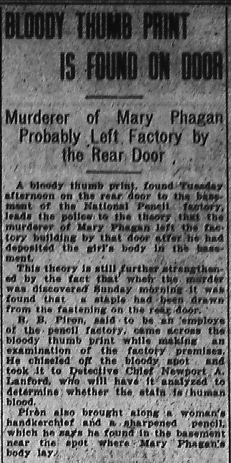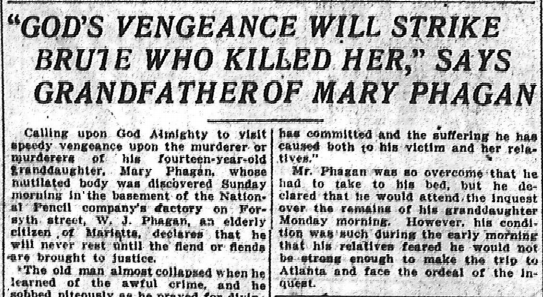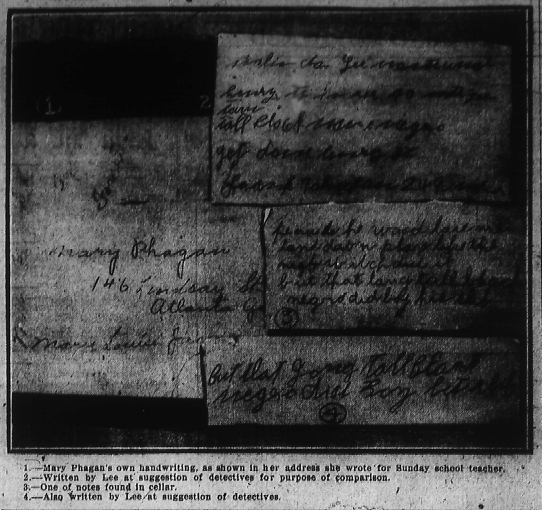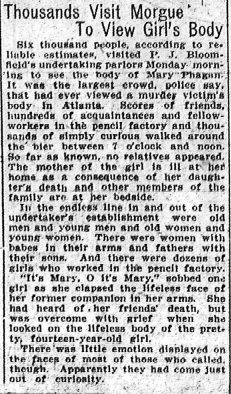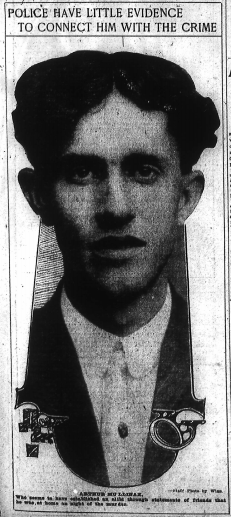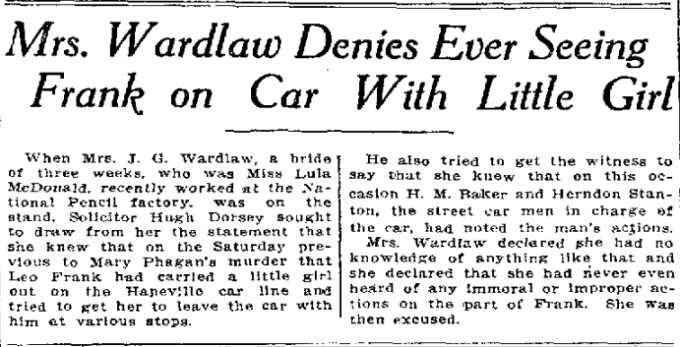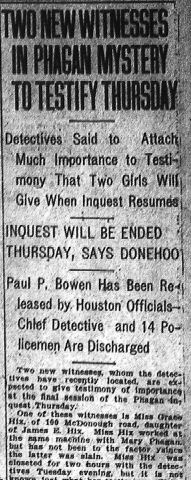 Another in our series of new transcriptions of contemporary articles on the Leo Frank case.
Another in our series of new transcriptions of contemporary articles on the Leo Frank case.
Atlanta Journal
Wednesday, May 7th, 1913
Detectives Said to Attach Much Importance to Testimony That Two Girls Will Give When Inquest Resumes
INQUEST WILL BE ENDED THURSDAY, SAYS DONEHOO
Paul P. Bowen Has Been Released by Houston Officials—Chief Detective and 14 Policemen Are Discharged
Two new witnesses, whom the detectives have recently located, are expected to give testimony of importance at the final session of the Phagan inquest Thursday.
One of the witnesses is Miss Grace Hix, of 100 McDonough road, daughter of James E. Hix. Miss Hix worked at the same machine with Mary Phagan, but has not been to the factory since the latter was slain. Miss Hix was closeted for two hours with the detectives Tuesday evening, but it is not known just what her testimony will be. [Appears to be missing words in the printing—Ed.] day Mary Phagan was killed, but did not see her, according to a statement she made to a Journal reporter Wednesday afternoon at 2:45 o’clock. Continue Reading →

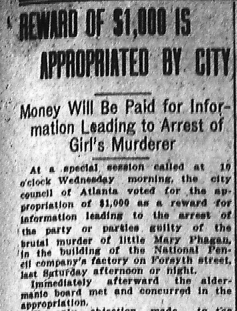
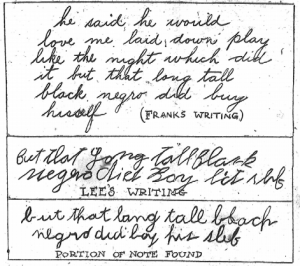
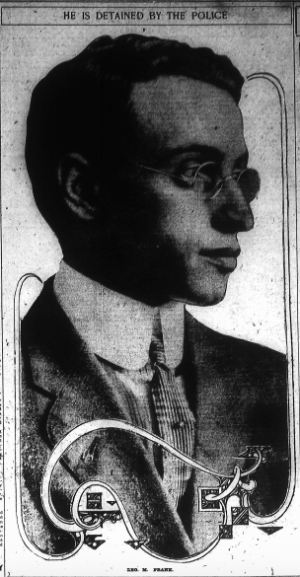
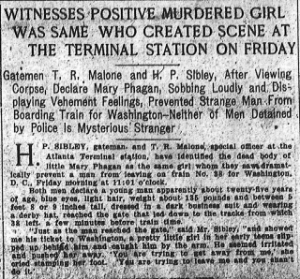

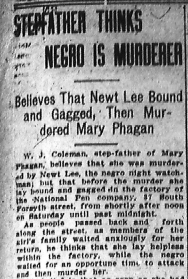
![J. M. Gant [sic], who was arrested at Marietta and brough[t] to Atlanta Monday, charged with the death of Mary Phagan. [Gantt was in the factory on the Saturday of the murder to pick up a pair of shoes he had left since leaving the Pencil company. Leo M. Frank was very reluctant to let him inside the building. Originally, Frank's behavior towards Gantt was assumed to be because of Gantt's recent firing, even though there were no bad relations between the two -- Ed.]](https://www.leofrank.org/wp-content/uploads/2016/03/State-Offers-Two-Hundred-Dollar-Reward-300x514.png)

